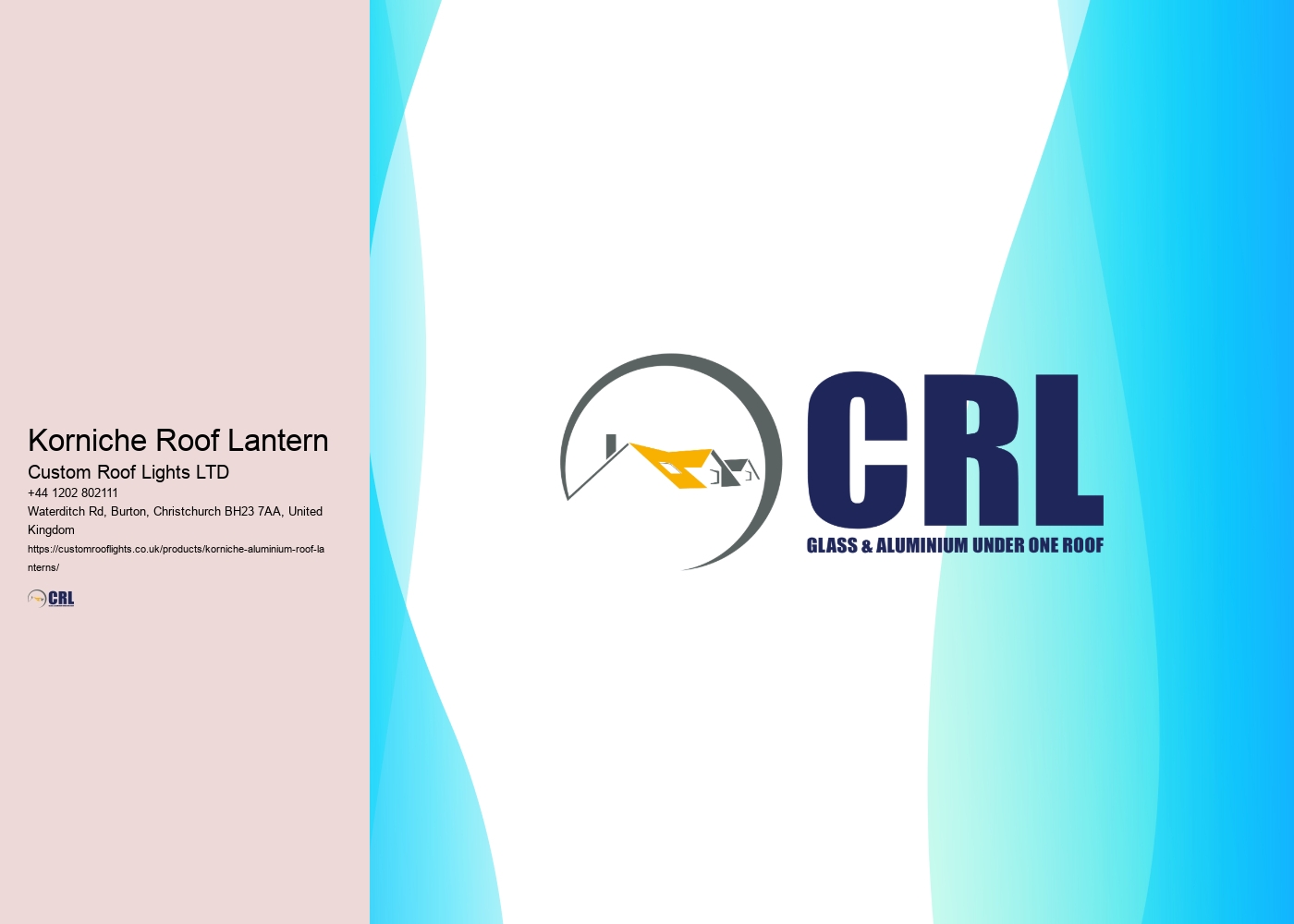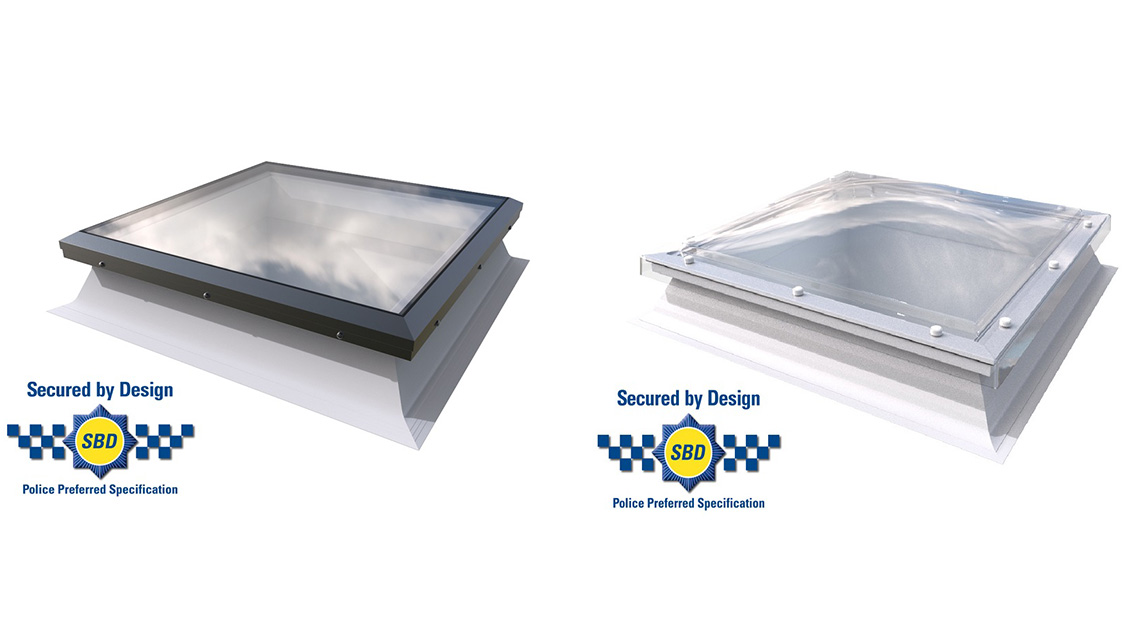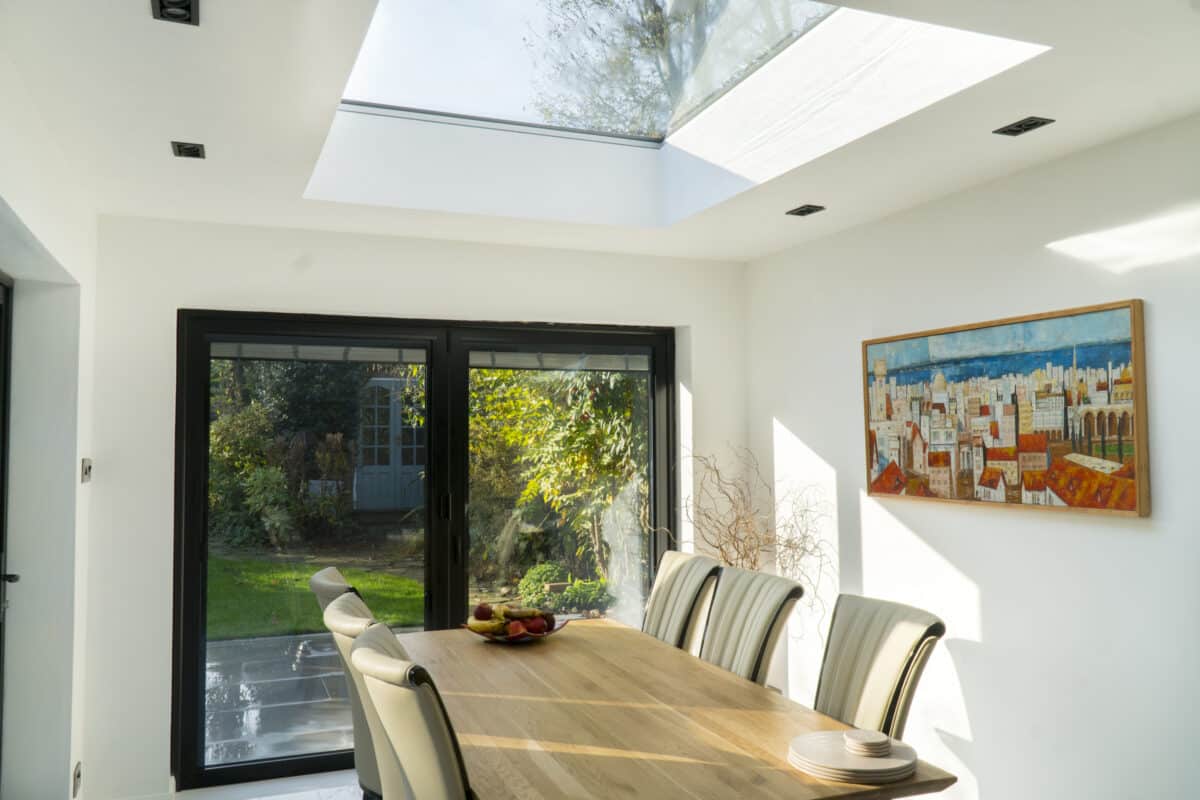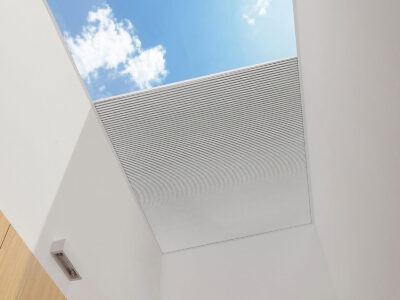

Incorporating roof lanterns into home design presents a unique opportunity to enhance both aesthetic appeal and functionality.
These architectural features not only flood interiors with natural light but also serve as a striking focal point that can elevate the overall ambiance of a space. As we explore the various styles, materials, and installation techniques, it becomes clear that roof lanterns can be tailored to suit diverse architectural visions.
However, understanding the nuances of their maintenance and the impact on interior design is essential for achieving lasting beauty and efficiency. What considerations should one keep in mind when selecting the ideal roof lantern?
Roof lanterns offer a multitude of benefits that enhance both the aesthetic appeal and functionality of a space. Primarily, they are designed to maximize natural light, creating bright and inviting interiors while reducing reliance on artificial lighting.
This not only promotes a healthier living environment but also contributes to energy efficiency, leading to cost savings over time. Additionally, roof lanterns can create a sense of spaciousness, making smaller areas feel larger and more open.
Their architectural elegance serves as a focal point, elevating the overall design of a room or building. Moreover, roof lanterns can improve ventilation, allowing for better air circulation. Overall, incorporating roof lanterns into your design enhances both style and practicality, making them a valuable addition to any property.
When selecting roof lanterns, homeowners and designers often seek to narrow down their options based on popular styles and designs that suit their specific needs. Contemporary styles, characterized by clean lines and minimalist aesthetics, are increasingly favored for modern homes.
Conversely, traditional designs, often featuring ornate detailing and classic shapes, add timeless elegance, making them ideal for period properties. Geometric lanterns, with their unique angles and shapes, provide a striking focal point, while Victorian styles evoke a sense of nostalgia.
Additionally, skylight lanterns are popular for their ability to seamlessly integrate into the roofline, maximizing natural light. Ultimately, the choice of style should harmonize with the overall architectural theme, enhancing both functionality and visual appeal.

Selecting the appropriate materials for roof lanterns is essential to ensuring durability, aesthetic appeal, and energy efficiency. Common materials include aluminum, timber, and uPVC, each offering unique benefits. Aluminum is lightweight, resistant to corrosion, and requires minimal maintenance, making it a popular choice for modern designs.
Timber provides a classic look and excellent insulation, but it demands regular treatment to withstand weather elements. Meanwhile, uPVC is an affordable, low-maintenance alternative that also boasts good insulation properties.
Additionally, the glazing choices, such as double or triple glazing, greatly impact thermal performance and sound insulation. Ultimately, the right material selection should align with your home's architectural style, budget, and climate conditions, ensuring a cohesive and functional addition to your living space.
Proper installation of roof lanterns is critical to maximizing their benefits and guaranteeing longevity. The installation process typically begins with precise measurements to guarantee a perfect fit within the existing structure.
After selecting the appropriate location, the roof surface must be prepared, guaranteeing that it is clean and free from debris. A suitable framework is then constructed to support the lantern, which may involve reinforcing surrounding areas as needed.
Once the framework is in place, the roof lantern can be carefully positioned and secured, guaranteeing that all joints are sealed to prevent water ingress. Finally, proper flashing should be installed to protect against leaks, and a thorough inspection is necessary to confirm that the installation meets building regulations and aesthetic standards.

Following a successful installation, regular maintenance is essential to secure the longevity and peak performance of roof lanterns. Begin by routinely inspecting the seals and joints for any signs of wear or damage, as these areas are vital for preventing leaks.
Clean the glass panels with a gentle, non-abrasive cleaner to maintain clarity and enhance light transmission. Additionally, trim any overhanging branches to prevent debris accumulation, which can block sunlight and lead to mold growth.
Ascertain that gutters and drainage systems are clear to avoid water pooling around the structure. Finally, schedule periodic professional inspections to address any structural concerns and guarantee the roof lantern remains in prime condition for years to come.
Natural light plays an essential role in enhancing interior design, transforming spaces and influencing mood. Roof lanterns, by allowing abundant sunlight to flood interiors, create a sense of openness and warmth, making rooms feel larger and more inviting.
They can highlight architectural features, drawing attention to high ceilings and elegant furnishings. Additionally, the interplay of light and shadows throughout the day adds dynamic visual interest, changing the ambiance as natural light shifts.
Incorporating roof lanterns into designs can improve energy efficiency, reducing reliance on artificial lighting. By strategically positioning these features, homeowners can enhance color palettes, accentuate textures, and create focal points that elevate the overall aesthetic. Ultimately, harnessing natural light through roof lanterns is a powerful tool for enriching interior spaces.

Roof lanterns can greatly impact indoor temperature by allowing an influx of natural light and heat. During colder months, they can help retain warmth, as the glass captures solar energy. Conversely, in warmer seasons, they may contribute to overheating if not properly designed with ventilation or shading features. To mitigate this, incorporating energy-efficient glass and adequate airflow systems is essential for maintaining a comfortable indoor climate year-round while maximizing the benefits of natural light.
Roof lanterns can be installed on various roof types, including flat and pitched roofs, provided that structural integrity and drainage requirements are adequately addressed. However, specific considerations, such as the angle of the roof and the materials used, may influence suitability. It is crucial to consult with a qualified professional to guarantee proper installation, compliance with building regulations, and peak performance regarding aesthetics and functionality for the specific roof type in question.
Roof lanterns are typically constructed using a combination of durable materials to guarantee both aesthetics and functionality. Common materials include aluminum for the frame due to its lightweight and corrosion-resistant properties. Glass is often utilized for the glazing, with options like toughened or laminated glass providing safety and thermal efficiency. Additionally, weatherproof seals and coatings are applied to enhance durability and insulation, assuring that the roof lantern can withstand various environmental conditions while maintaining its visual appeal.